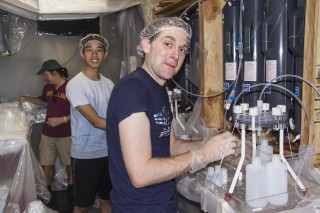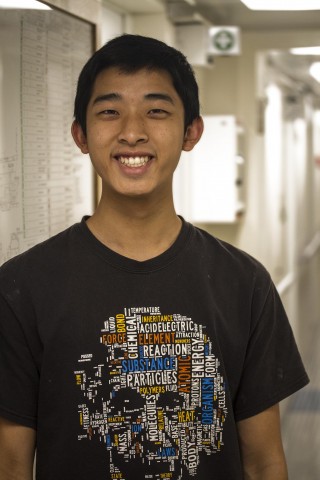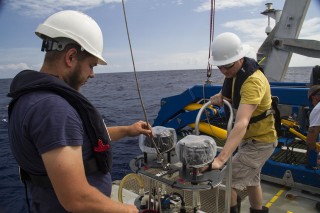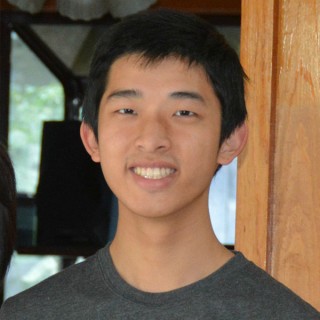
We are nearing the shores of Tahiti, where tomorrow morning we will officially conclude what has been an amazing scientific expedition onboard the R/V Falkor.
In a week or so, the Life Without Oxygen team of scientists and I will be back to our respective institutions – Woods Hole Oceanographic Institute, the University of Maryland, University of Southern California and the University of Hawai`i at Mānoa.
This is not the end, however. Far from it! The science that we have done here will continue on for years, leading to published papers and raising more discussion and inquiry about the biogeochemistry of OMZs. For some of the oceanographers onboard, this expedition isone point in a long a series of actions building upon past research. For most, the data, samples and experiments we have done here will open up many new chapters in future years of research.
Lifelong Standards

I first found my role and purpose within the science team two days after we began this expedition in Honolulu, Hawai`i. I had been in several meetings with the scientists before, listening quietly to them use terms like gas chromatograph and incubator, words that were second nature to them, but that were merely jargon to me. I was very intimidated. “Play it cool,” I kept telling myself, “play it cool. Speak calmly and slowly when you talk with these scientists so it seems like you’re intelligent.” Soon after the meeting, one of the scientists, named Tristan, asked me a question and I blanked, stuttered a bit and almost cracked my voice.
On the second day of our cruise, Tristan, whom I had found to be the most intimidating of all the scientists because of how much he participated in the discussions, invited me to one of the ship’s lab. In there, sheets of plastic were attached to the ceiling and walls, sealing a section of the lab. The “bubble,” as it was called, was where I would do most of my work on the ship.

My role there was to filter and sort water samples from the ocean depths. When it was offered to me, I grudgingly accepted it, thinking “you’re only an undergraduate. This basic, low-level work is what to be expected.” On the contrary, it was a very important job and also very difficult, challenging work. On my first day, Tristan taught me the proper technique when working with the samples and held me to high standards of cleanliness. Absolute, complete, meticulous cleanliness was the name of the game.
I am so happy that Schmidt Ocean Institute’s Student Opportunity Program was one of my first exposures to scientific research. Working on R/V Falkor with Tristan and the rest of the scientists has given me high standards of research and scientific collaboration that I will continue to expect of myself long after this expedition has ended. When I return to the University of Hawai`i at Mānoa, I will bring back research skills and techniques that are essential in my future lab and fieldwork.
Thank You!
Thank you, Schmidt Ocean Institute, for your generosity. It was onboard the R/V Falkor that I kicked off my undergraduate research and had an enriching, meaningful seagoing experience. I would also like to thank Dr. Michael Guidry, Dr. Brian Glazer, Leona Anthony, my family, and the rest of the science team for being so supportive of me and my academic endeavors.

